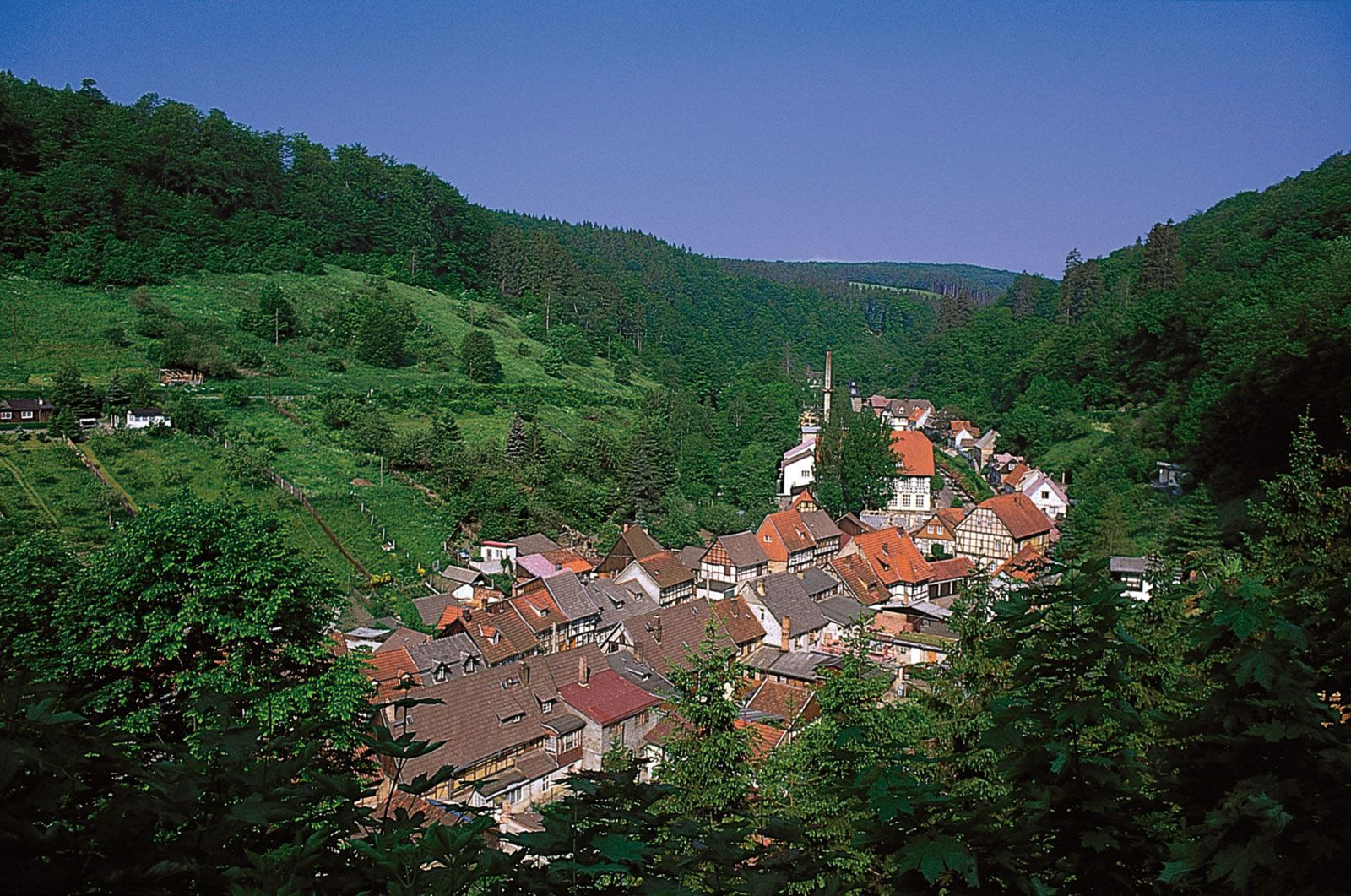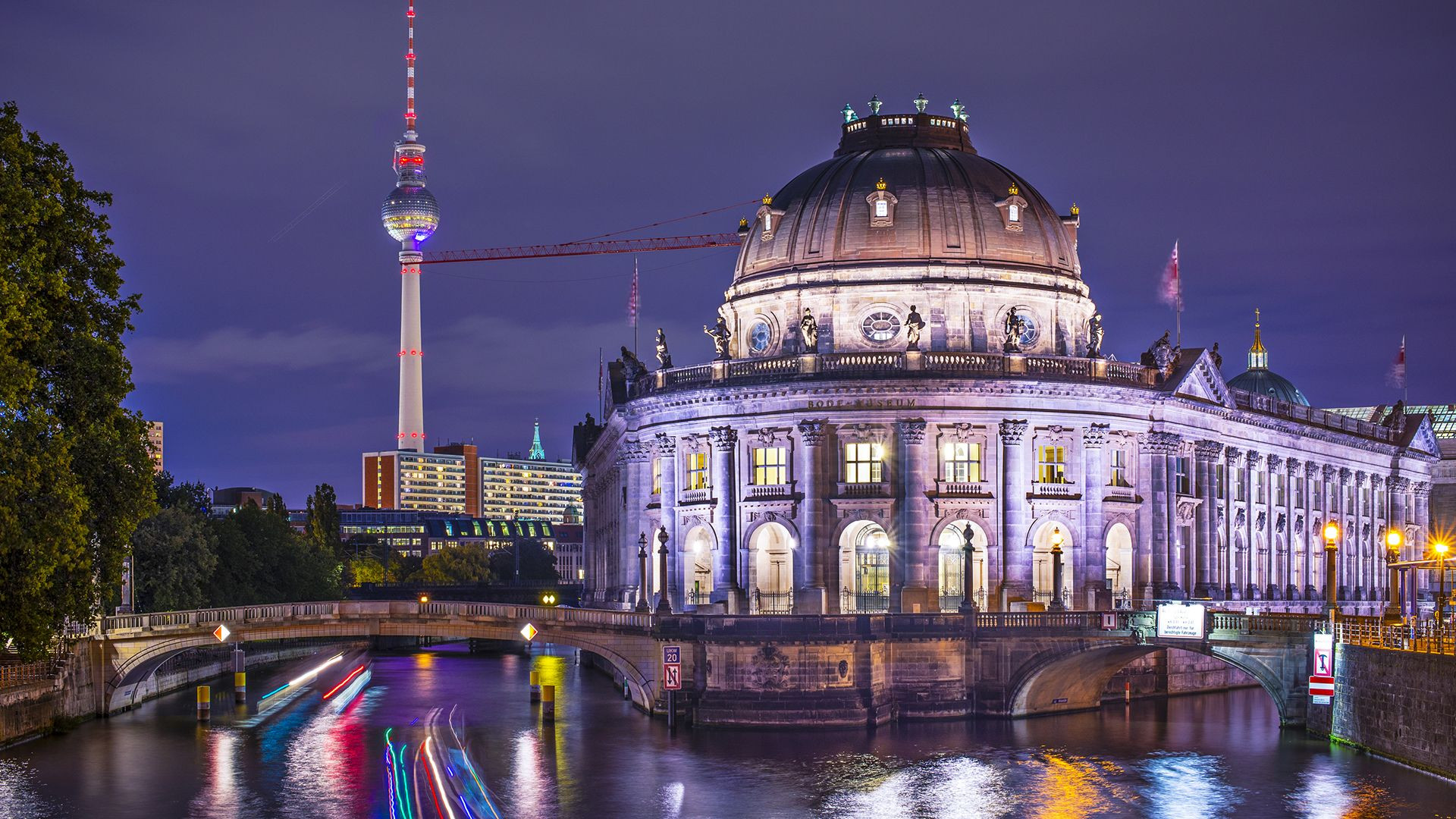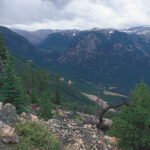Germany, a country synonymous with rich history, vibrant culture, and stunning landscapes, holds a pivotal position in the heart of Europe. But Where Is Germany Located exactly? This article delves into the geographical location of Germany, exploring its diverse landscapes and its place within the European continent.
Germany is situated in north-central Europe. This strategic location has historically placed Germany at the crossroads of European trade, culture, and conflict. Its landscape is incredibly varied, ranging from the towering mountains in the south to the expansive plains in the north.
 Village street in Stolberg, Germany, showcasing traditional German architecture
Village street in Stolberg, Germany, showcasing traditional German architecture
Germany’s Location in Europe: A Central Hub
To pinpoint where Germany is located on a map of Europe, visualize the continent’s central region. Germany shares borders with nine other European countries:
- North: Denmark
- East: Poland and Czech Republic
- South: Austria and Switzerland
- West: France, Belgium, Netherlands, and Luxembourg
This central European location makes Germany a significant connecting point within the continent, both geographically and politically. It’s a major player in the European Union and a key influencer in continental affairs.
Exploring Germany’s Diverse Geography
Germany’s geography is remarkably diverse, contributing to its varied climates and regional cultures. The country can be broadly divided into three major geographical regions:
- The North German Plain: This expansive lowland region stretches across northern Germany. Characterized by flat terrain, sandy soil, and numerous rivers, it extends to the coastlines of the North Sea and the Baltic Sea.
- The Central German Uplands: Moving southward, the landscape transitions into the Central German Uplands. This region is marked by rolling hills, forested areas, and river valleys. Major rivers like the Rhine, Main, and Moselle carve their paths through this region, contributing to fertile lands and picturesque landscapes.
- The Bavarian Alps: In the southern reaches of Germany, the landscape dramatically ascends into the Bavarian Alps. Part of the larger Alps mountain range, this region features towering peaks, stunning alpine lakes, and lush valleys. The Alps define Germany’s southern border with Austria and Switzerland, offering breathtaking scenery and recreational opportunities.
Key Geographical Features of Germany
Beyond these broad regions, Germany is defined by several key geographical features:
Major Rivers
Germany’s rivers have been vital arteries for trade and transportation throughout history. The most prominent include:
- Rhine River: Perhaps Germany’s most iconic river, the Rhine flows northward, playing a crucial role in German industry and culture.
- Elbe River: Flowing through eastern Germany, the Elbe is another significant waterway connecting various regions.
- Danube River: Originating in the Black Forest region of Germany, the Danube flows eastward, eventually reaching the Black Sea.
- Main River, Neckar River, Moselle River, Ruhr River: These are important tributaries of the Rhine, contributing to the intricate river network of Germany and supporting agriculture and industry.
Major Cities and Their Locations
Germany’s major cities are strategically located, often along rivers or in historically significant regions:
- Berlin: The capital city, located in east-central Germany, rose from the ashes of World War II to become a symbol of reunification and modernity.
- Munich: Situated in southern Germany, in Bavaria, Munich is a major cultural and economic center, close to the Alps.
- Hamburg: A major port city in northern Germany, Hamburg lies on the Elbe River, near the North Sea.
- Cologne: Located in western Germany on the Rhine River, Cologne is known for its stunning cathedral and historical significance.
- Frankfurt: A major financial hub, Frankfurt is situated in west-central Germany on the Main River.
Germany’s Global Significance from its Location
Germany’s location in the heart of Europe has profoundly influenced its history and global role. Its central position facilitated trade and cultural exchange for centuries, but also made it a frequent battleground in European conflicts. Today, Germany leverages its location to be a leading force in the European Union and a major player in the global economy. Its diverse landscapes, from bustling cities to serene mountains, attract millions of visitors each year, drawn to its rich history, culture, and natural beauty.
 Modern architecture and historical buildings blend in Berlin, Germany
Modern architecture and historical buildings blend in Berlin, Germany
Conclusion: Germany – Geographically Central and Globally Important
Understanding where Germany is located reveals more than just its coordinates on a map. It highlights its central role in Europe, its access to diverse landscapes, and its historical and contemporary significance on the world stage. From the North Sea to the Alps, Germany’s geography is as varied and fascinating as its rich cultural heritage.


